Eelgrass beds are important in bays and estuaries throughout the world. Eelgrass (Zostera marina) stabilizes sediment, filters toxins, and takes up nutrients, heavy metals, and CO2. Healthy eelgrass is an indicator of good water quality.
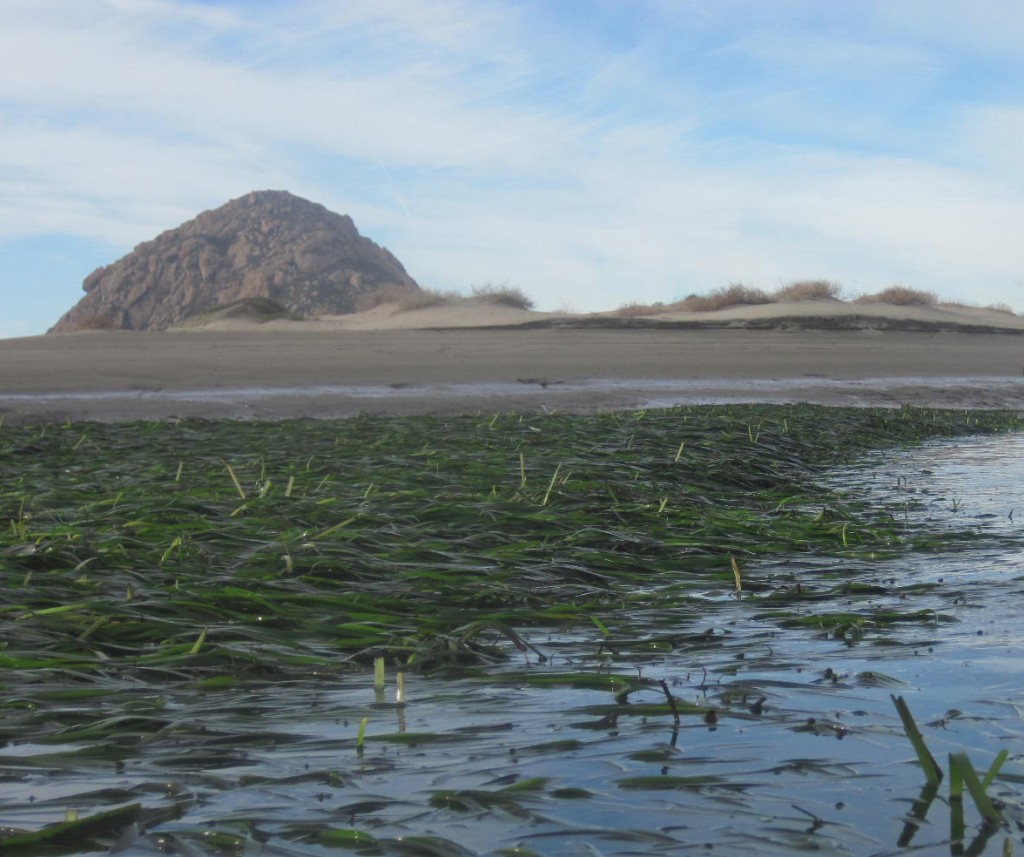
Eelgrass also provides habitat for and food for the estuary’s animals such as the California sea hare, sea slugs, Brandt geese, various types of fish, and many other species.
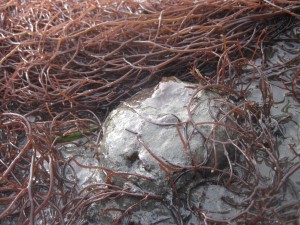
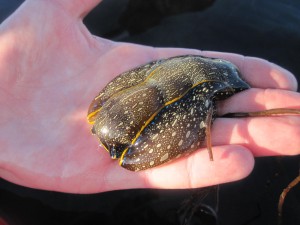
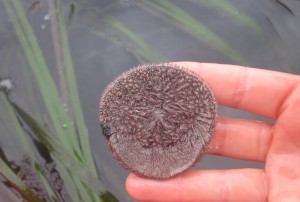
Eelgrass is sensitive to changes in the environment—both natural ones, and those caused by people—and almost 97% of the eelgrass in Morro Bay has been lost since 2007. Migratory waterfowl populations, fisheries, and other species dependent on eelgrass have suffered from the eelgrass decline in Morro Bay. The low distribution of eelgrass also has implications for altered bay circulation and sediment distribution, resulting in poorer water quality. Through routine monitoring we will gain the knowledge we need to help us understand what we can do to help Mother Nature recover eelgrass beds in Morro Bay.
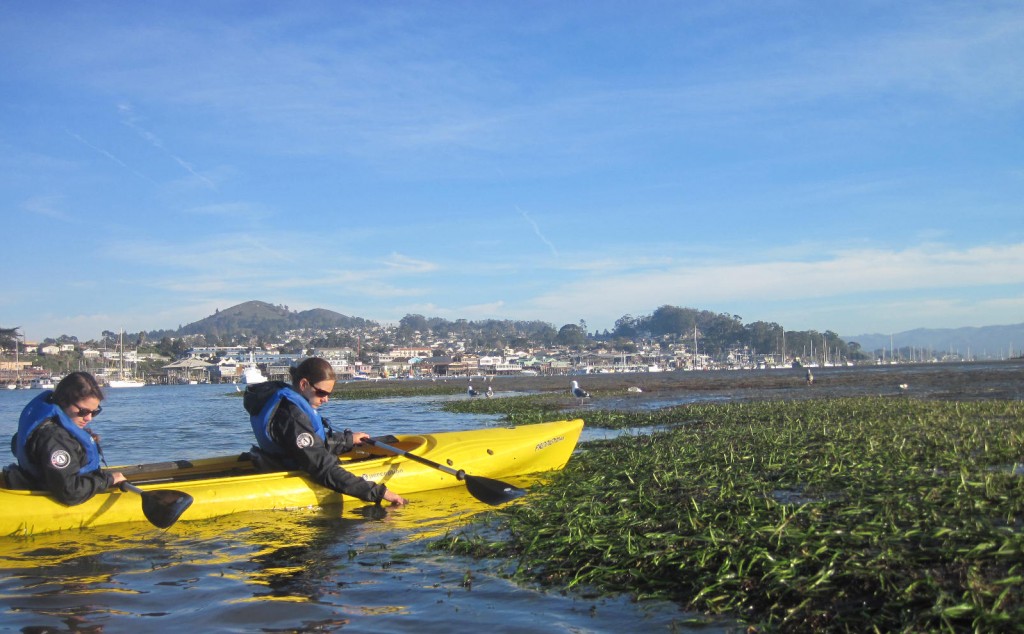
During our monitoring each month, we look at eelgrass beds to see how well they’re doing. We look at overall eelgrass bed health, biodiversity, and general ecology within and around each bed.
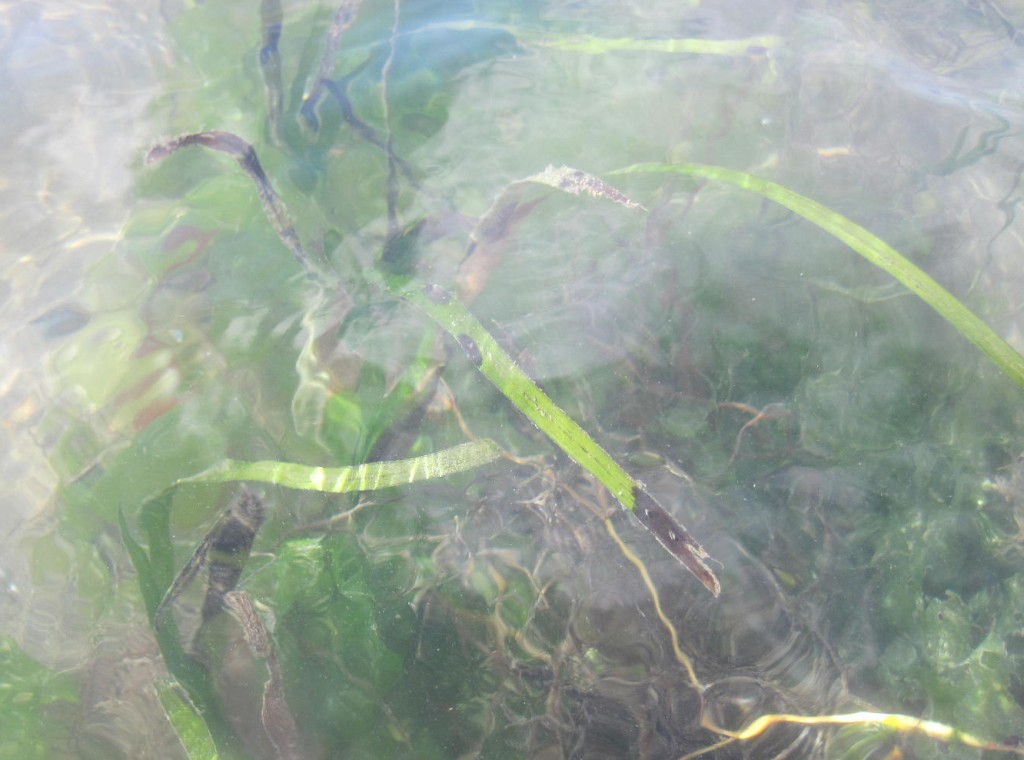
As we learn more about what’s causing the eelgrass in Morro Bay to decline so rapidly, we will be able to identify restoration techniques that will be the most successful for our area. This spring and summer, we will examine each area where eelgrass was previously planted to determine how successful our transplant efforts have been. We are also coming up with a restoration plan that includes seed bags and a small-scale transplant effort.
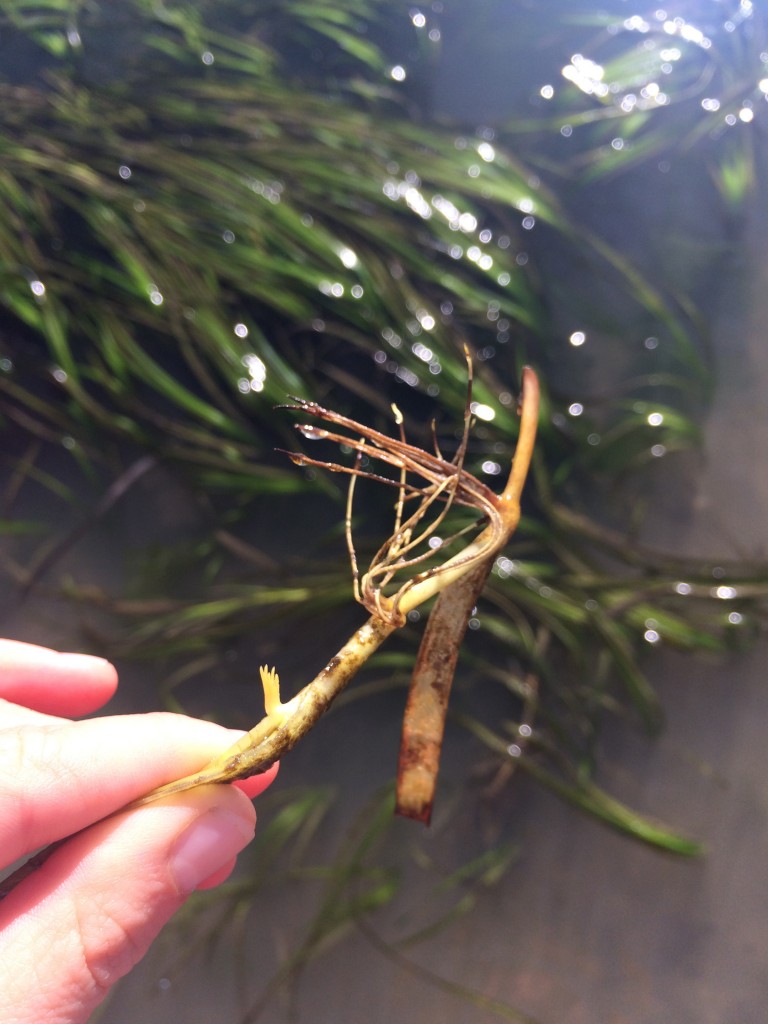
We are working with state and federal agencies, academic researchers, local experts, and community members to help understand Morro Bay’s eelgrass, the cause of the dramatic decline, and how we can work with nature to achieve eelgrass recovery. It’s a big job, but with your help we are ready to take on this challenge. Stay tuned to find out what you can do for Morro Bay’s eelgrass beds!